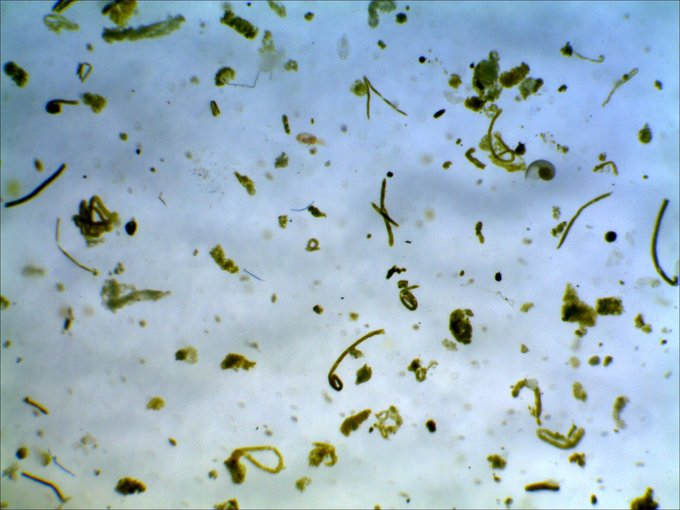Research areas

The field studies in SeaPump will mainly focus on the Atlantic Ocean and include the Arctic, temperate, subtropical, and Antarctic regions. The three the main study areas are The Fram Strait centered at the gateway between the Arctic and the Atlantic oceans, the Cape Blanc upwelling area off Mauritania (NW Africa), and the Southern Ocean.
The Arctic Ocean is currently undergoing rapid environmental changes including warming, acidification and sea ice loss, as well as changes in ecosystem structure and functioning. These rapid changes in the Arctic Ocean will have large impacts on carbon cycling in the region. Therefore there is a need for more extensive investigations in the Arctic Ocean to obtain a good understanding of the flux processes in this rapidly changing environment. These studies offer a great possibility to understand flux processes under different environmental conditions and food web structures.
The Cape Blanc upwelling area belongs to the Canary Current System which is the second most productive Eastern Boundary Current System after the Benguela Current. This area is characterized by high primary production and high organic carbon export. The export fluxes off Cape Blanc are controlled by a strong attenuation. Additionally, large amounts of dust periodically enters the area from the Saharan Desert and provide ballasting for the sinking particles formed off Cape Blanc. Therefore, Cape Blanc offers a unique opportunity to study both the influence of phytoplankton blooms and their evolution on particle flux, as well as the interaction between flux feeding and ballasting of the sinking aggregates.
The Southern Ocean is one of the major sinks for anthropogenic CO2, contributing between 20 and 40 % to the oceanic CO2 uptake. Therefore to predict future changes in biogeochemical cycles, it is crucial to understand the factors controlling organic carbon export in the Southern Ocean. During the past 40 years the food web structure has changed dramatically, especially in the higher trophic levels. Salps increasingly dominate the Southern Ocean, while abundance of krill is in decline. The implications of this change are unknown, yet are likely to impact both the industrial krill fisheries and carbon export. Salps can pack large amounts of phytoplankton into large, dense, and fast sinking fecal pellets, potentially leading to higher export in comparison to krill which produce relatively smaller and slower sinking fecal pellets.
The Cape Blanc upwelling area belongs to the Canary Current System which is the second most productive Eastern Boundary Current System after the Benguela Current. This area is characterized by high primary production and high organic carbon export. The export fluxes off Cape Blanc are controlled by a strong attenuation. Additionally, large amounts of dust periodically enters the area from the Saharan Desert and provide ballasting for the sinking particles formed off Cape Blanc. Therefore, Cape Blanc offers a unique opportunity to study both the influence of phytoplankton blooms and their evolution on particle flux, as well as the interaction between flux feeding and ballasting of the sinking aggregates.
The Southern Ocean is one of the major sinks for anthropogenic CO2, contributing between 20 and 40 % to the oceanic CO2 uptake. Therefore to predict future changes in biogeochemical cycles, it is crucial to understand the factors controlling organic carbon export in the Southern Ocean. During the past 40 years the food web structure has changed dramatically, especially in the higher trophic levels. Salps increasingly dominate the Southern Ocean, while abundance of krill is in decline. The implications of this change are unknown, yet are likely to impact both the industrial krill fisheries and carbon export. Salps can pack large amounts of phytoplankton into large, dense, and fast sinking fecal pellets, potentially leading to higher export in comparison to krill which produce relatively smaller and slower sinking fecal pellets.


